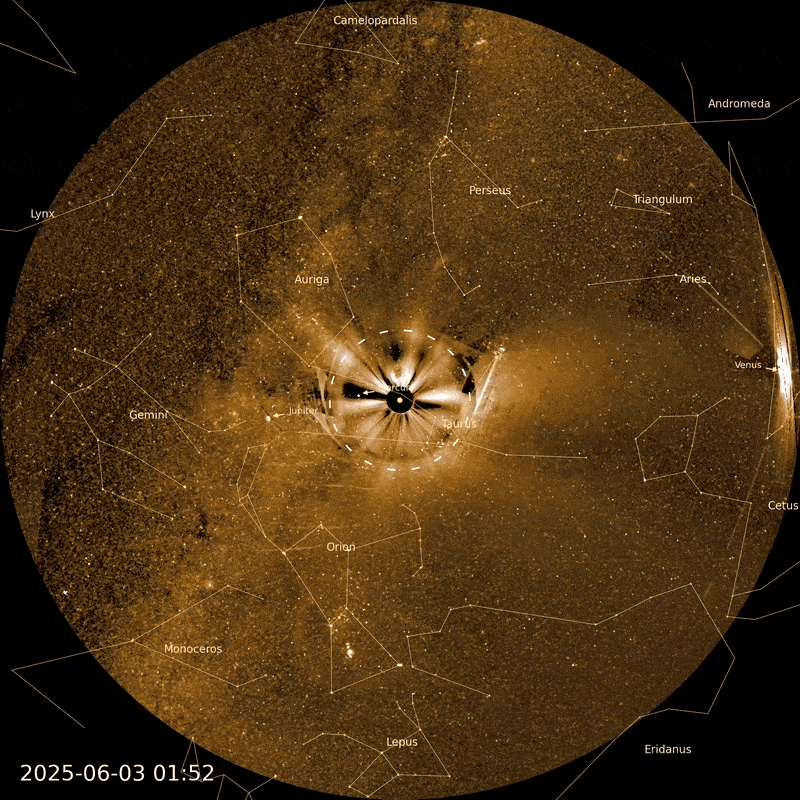The sights, safety, and science of the great american eclipse

On August 21st, 2017, a total eclipse will hit 14 states. Here’s your guide to everything you need to know.
“…and the Sun has perished out of heaven, and an evil mist hovers over all.”
–Homer’s Odyssey
On Aug. 21, 2017, a total solar eclipse will occur on Earth, traveling across the United States, coast-to-coast, for the first time in 99 years. From about 10 a.m. on the west coast until nearly 3 p.m. on the east coast, the Moon’s shadow will plunge portions of 14 states into total darkness during the day, blocking out the Sun and creating an experience unlike anything else on Earth. Over 12 million people live within the path of totality, and millions more will flock from all over the country and the world to experience this event: the first total solar eclipse over any part of the continental USA since 1979. What should you look for? What are the dangers? And what’s the science behind how they occur? Let’s find out.
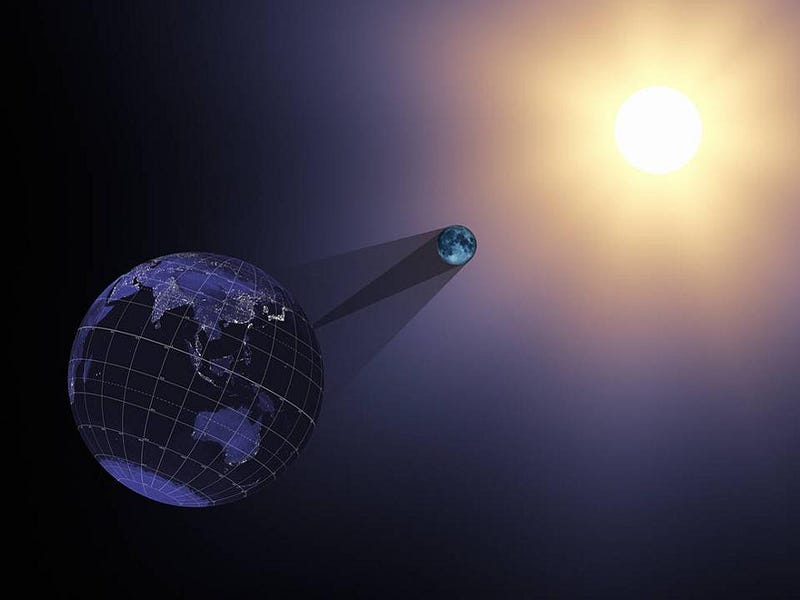
Normally, the Moon orbits the Earth in a particular plane, and the Moon-Earth system orbits the Sun in a slightly different plane. If all three objects were perfectly aligned, then every new moon would lead to a solar eclipse, while every full moon would contain a total lunar eclipse. Instead, only about one in 10 full or new moons lead to an eclipse, as the moon’s orbit is inclined at a little over 5 degrees to the Earth-Sun plane: about 10 times the moon’s angular diameter. The Earth and Moon both cast shadows into space, but these shadows don’t go on forever. The Sun’s diameter is much larger than that of anything else in the solar system, which means over large enough distances, both the shadows of the Earth and Moon are shaped like cones, coming to an end at some point.
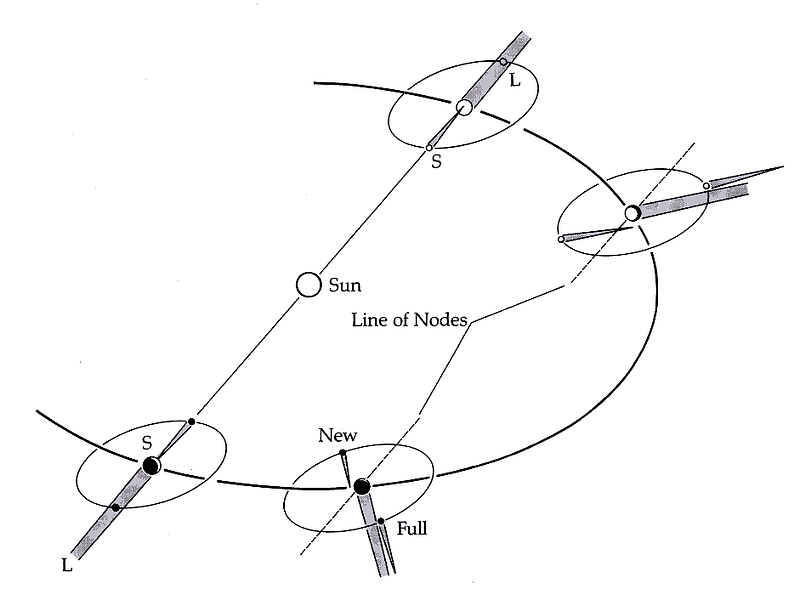
When the Moon passes between the Earth and the Sun, during those times in its orbit when its phase is new and its nodes are aligned with the Earth-Sun plane, a solar eclipse occurs. But a total solar eclipse will only happen when the Moon appears larger than the Sun in the sky: when the Earth is close to aphelion, or its farthest from the Sun, and when the Moon is close to perigee, or its closest to the Earth. The longest eclipses can give you totality of up to 7 minutes, while the reverse situation — where the Sun is closest to Earth and the Moon is its farthest from Earth — results in the Moon only covering 91% of the Sun’s disk. The Aug. 21, 2017 eclipse will occur just 7 weeks after aphelion and only 3 days off from perigee, meaning the Earth will be close enough to the Moon so that the lunar shadow falls on Earth’s surface, creating totality.
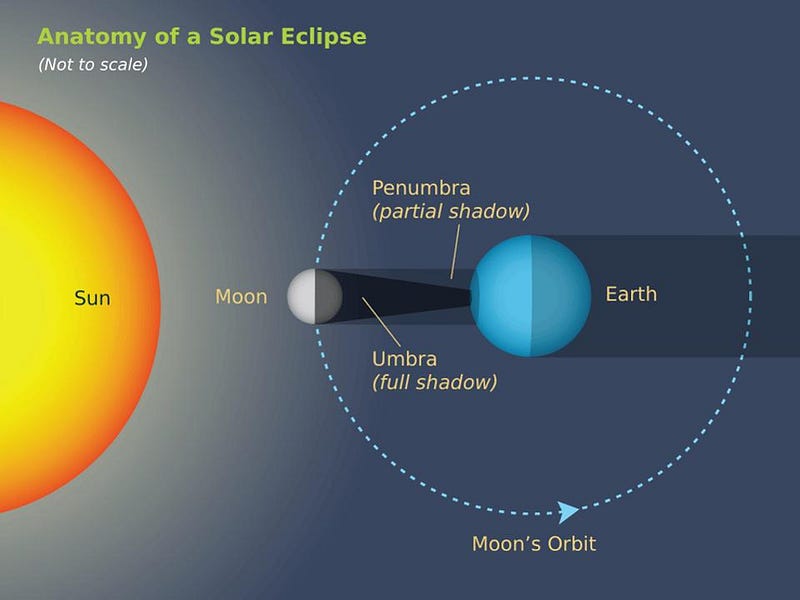
What’s interesting is that not every location in the path of totality experiences the same duration of eclipse. The surface of the Earth is curved, so that when the Moon’s shadow first touches the outside edge of the Earth, where sunrise is first occurring, it’s up to 4,000 miles (more than 6,000 km) more distant from the shadow’s origin than when the shadow passes over you at midday. As a result, the longest duration of the eclipse occurs when it’s closest to midday, while shorter durations occur closer to sunrise/sunset. Carbondale, Illinois, gets 2 minutes and 41 seconds of totality this time, while someone at the Oregon coast will only get about 2 minutes even. With enough observations, you could use an eclipse to measure the curvature of the Earth.
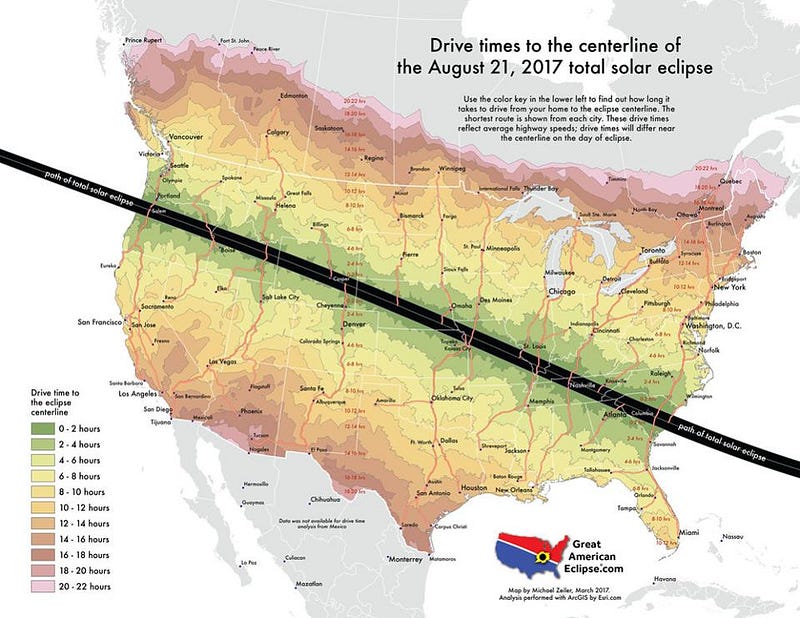
Because the Moon and Sun move relative to one another through space, all while the Earth rotates, the Moon will appear, from Earth, to move slowly across the face of the Sun. Over the course of approximately an hour, the Moon will begin to eclipse the Sun, creating a partial phase to this eclipse. More and more of the Sun’s disk will be covered, which means a reduction in the light and heat coming from the Sun. For those of you with either the right equipment or the right technique, you’ll be able to feel and observe this for yourself.
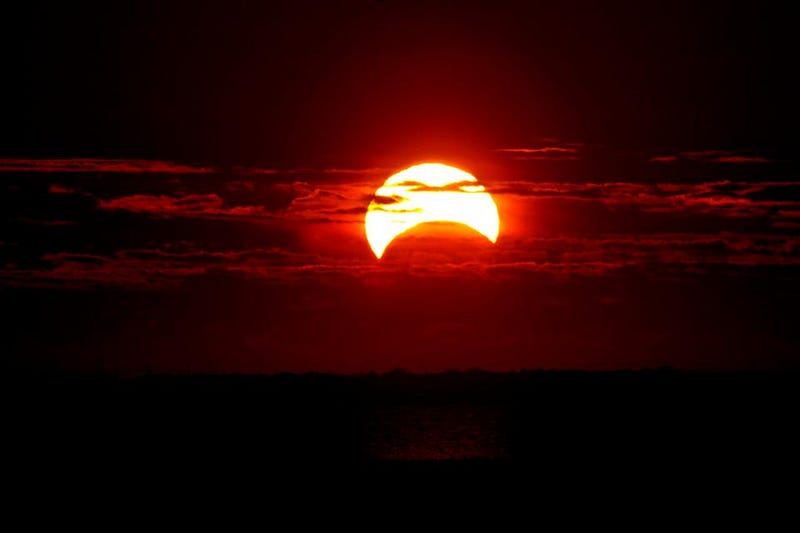
It’s absolutely essential, if you’re going to observe this, to do it safely! There are a number of ways to make these observations without looking directly at the Sun: by leveraging shadows. The simplest, equipment-free way to do it is to face with your back to the Sun, hold your hands up over your head, and criss-cross your fingers in a waffle-like pattern. When you do this, normally, the sunlight will filter through the gaps in your fingers, creating bright spots on the ground in the shape of the gaps between your hands. But during a partial eclipse, those gaps behave like pinhole cameras, and the projection on the ground reveals which portions of the Sun are eclipsed by the Moon. Your distorted shadows will reveal the eclipse!
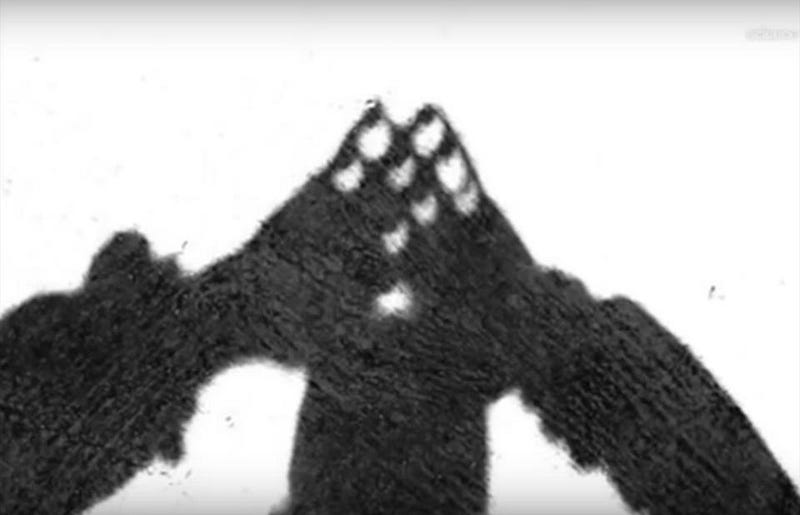
Other ways to create this effect include:
- holding up an object with a small hole (or series of small holes) in it to create an image of the Sun on the ground,
- putting one lens from a pair of binoculars in the path of the Sun, creating a magnified projection on the ground beneath you,
- and allowing sunlight to filter through leaves on a tree, where the mottled light pattern on the ground will show evidence of the Sun’s eclipsed phase.
Without even looking at the Sun, directly, you can observe the effects of the eclipse.
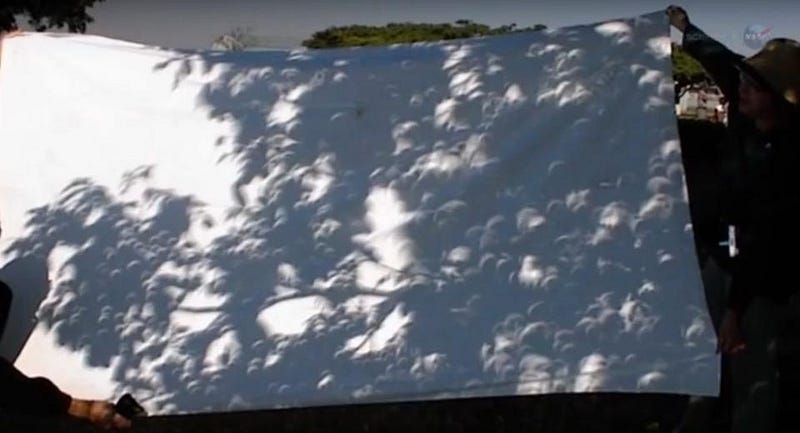
As totality nears, the Sun will appear as bright as ever, but it will stop feeling warm to you. Even a reduction of 50% or 90% in light isn’t enough to make a difference to your eyes, but it’s a dramatic difference to your skin. As the eclipse reaches 99% or more, you’ll start to experience a phenomenon known as Baily’s beads, where the crater walls on the Moon block sunlight, but the craters themselves allow sunlight to pass through. This is proof that the Moon isn’t perfectly smooth, but rather that craters have rims, depths and profiles that very much affect where sunlight can and cannot pass through.
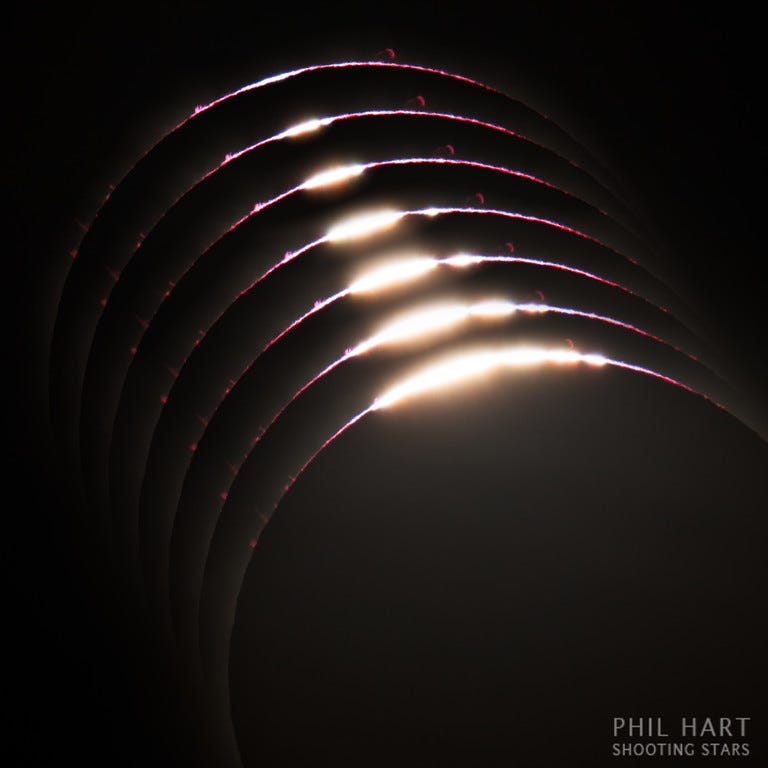
Finally, totality will occur. If there were a lot of people talking excitedly during the partial phase, expect a hushed silence during these two minutes. First, you’ll be engulfed in darkness. Second, you’ll start to notice objects popping out in the daytime sky that you don’t usually see. These include the Sun’s corona, stars during the day, even the planets Mars and Mercury. You’ll also notice that parts of the sky look bright, especially near the horizon; these are locations where the Moon’s shadow isn’t falling. The region where a total eclipse occurs is quite narrow, and will change over the course of your total eclipse experience.
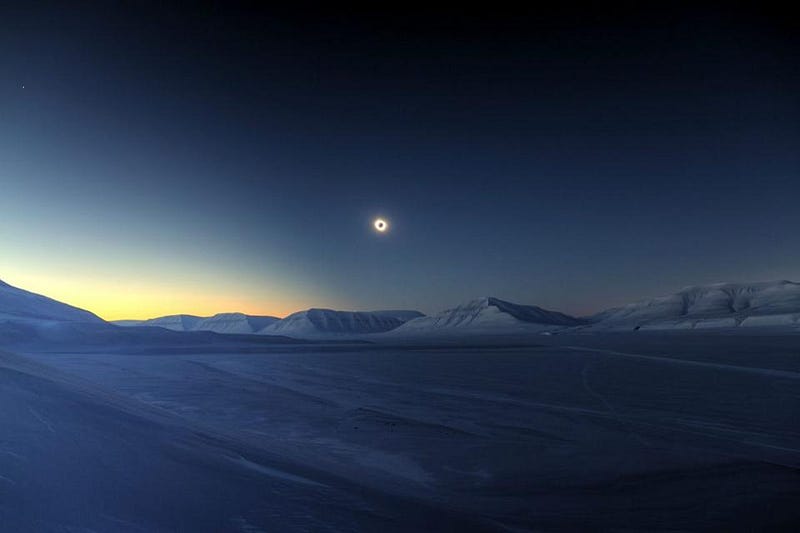
After totality ends, you may want to watch for objects further east of you to plunge into darkness as the Moon’s shadow passes over them. If you have distant mountains in the path of totality, you’ll absolutely notice when they experience darkness by seeing when they go dark. (Those of us in western Oregon, who can see Mount Jefferson, will witness it fall into shadow a few minutes after we experience totality.) You’ll get another hour of the partial phase, but nothing will compare to what you’ll be able to see during those few minutes unlike anything else on Earth.
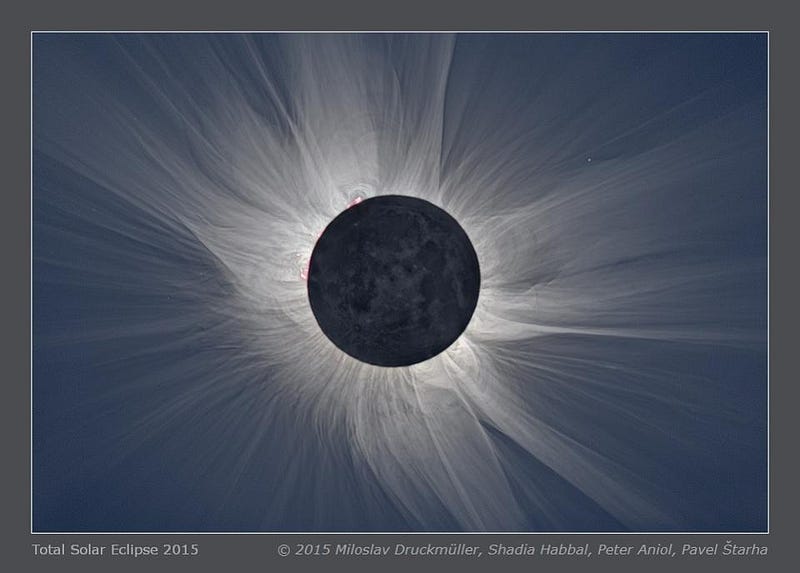
It’s important, particularly during the partial phase and the Baily’s beads phase, to keep your eyes protected. Blindness risks are real, and disproportionately affect young people and children. The reasons are many: looking directly at the Sun burns your retina, and damage is cumulative over the course of many hours. Looking at the Sun for even a few seconds, and then looking away, does notrestore your retinas, even after a few minutes or hours. If you look at the Sun for a total of 60–90 seconds in a single day, you can burn out your retinas permanently. This often occurs because it isn’t accompanied by pain, and there are hours of delay between when you do the damage and when your vision goes away.
The way to avert this fate is to use safety equipment at all times when viewing the Sun.
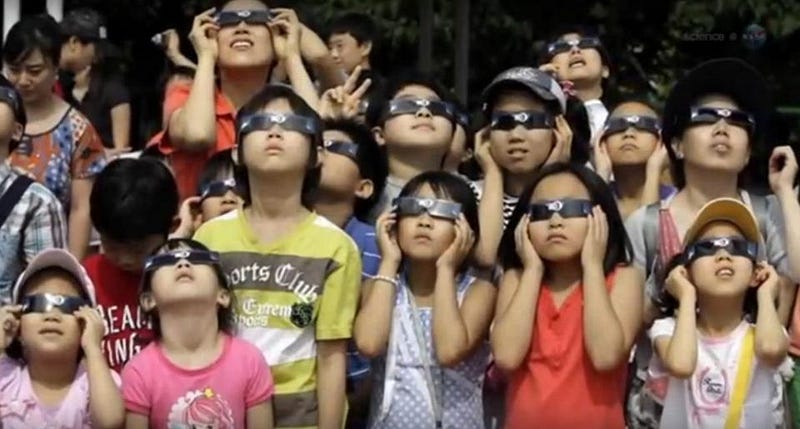
Eclipse glasses, which must be ISO-certified, have a silvered outside, and have no visible defects or holes in them, are the most widespread way to safely view the eclipse. You can also buy solar filters for binoculars and telescopes, so long as you put them over the outside lenses, where the sunlight is first incident. (Looking through binoculars or a telescope at the unfiltered or improperly-filtered Sun directly can permanently blind you almost instantly!)
But my favorite way to view the Sun during a partial phase is through welder’s goggles or a hood (or both, combined), where the combined shade of the glass needs to be 14 or higher. Most off-the-shelf goggles are shade 5, while most off-the-shelf hoods are shade 10; using them together is a great way to enjoy the entire eclipse safely.
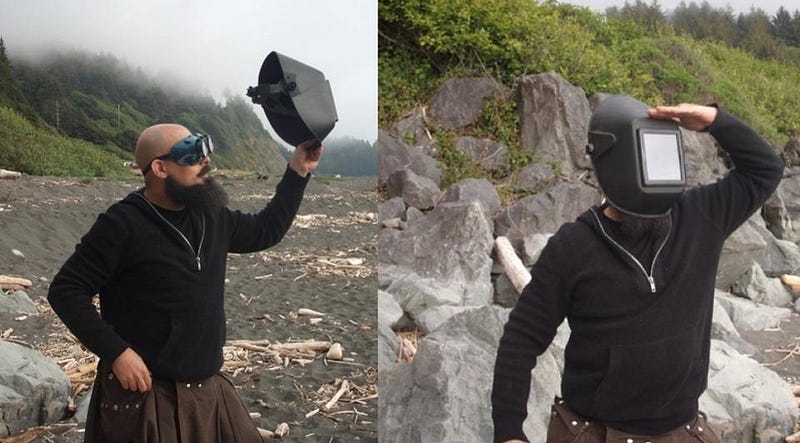
When totality arrives, however, take all your eye protection off and just enjoy the experience. This eclipse, if viewed by more than 30 million people (which it may be!) will make it the most-viewed eclipse in history, surpassing the breaking the record set by the 2009 eclipse that passed across India, China and Japan. We may set another record as well: for the largest traffic jam ever in world history, as millions of people will flock from nearby cities to sparsely-populated regions.
Make sure you bring enough water, food, and that you don’t plan on doing much traveling within about 8–12 hours of the eclipse in either direction. That said, this is the most spectacular astronomical experience most of us will ever have. On a scale of one-to-ten, a partial eclipse is a 5, an annular eclipse is a 9, but a total solar eclipse, during the moments of totality, is about a million. For even more information, check out the latest Starts With A Bang podcast on eclipses. Stay safe, learn the science, but most importantly, enjoy the show!
Ethan Siegel is the author of Beyond the Galaxy and Treknology. You can pre-order his third book, currently in development: the Encyclopaedia Cosmologica.



